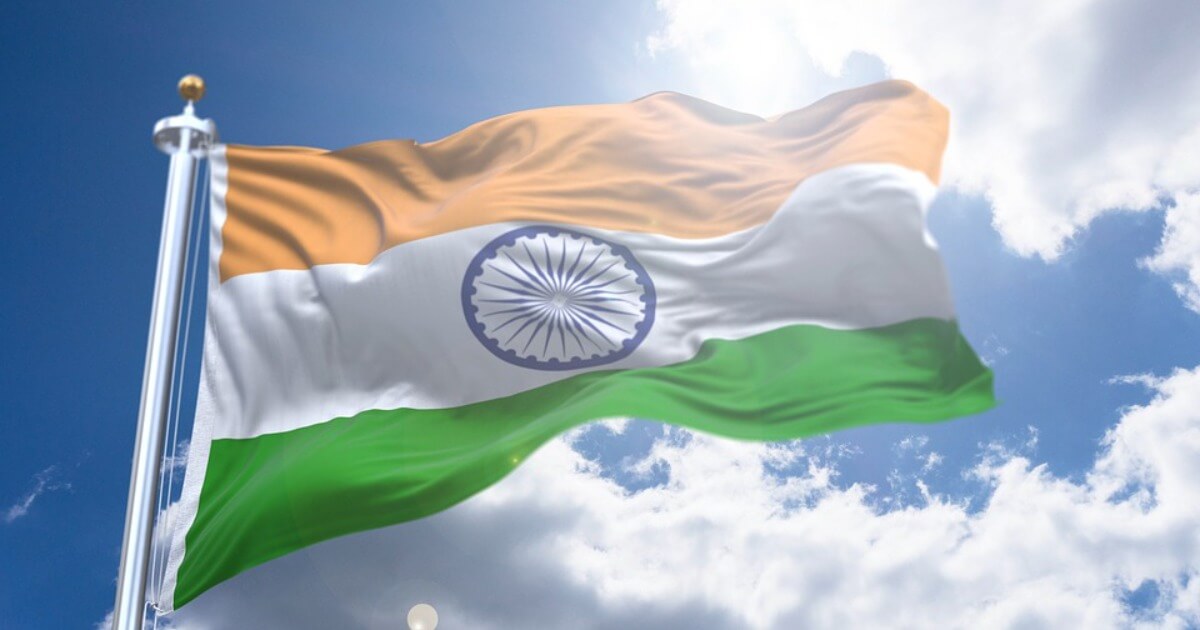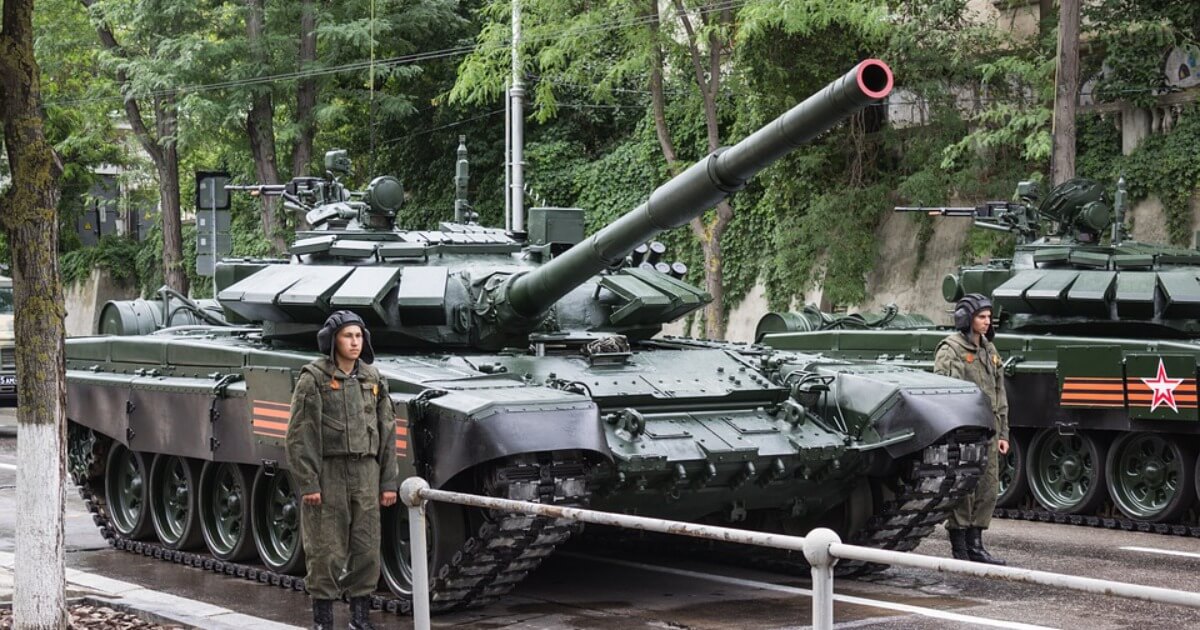Why India and the U.S. Should Work Together in Central Asia
India’s engagement with Central Asia provides opportunities for the U.S. to step up cooperation with the region. But the Ukraine invasion places hurdles in Delhi’s balancing act between Moscow and Washington.
March 3, 2022

The United States’ withdrawal from Afghanistan was interpreted in the former Soviet republics of Central Asia as U.S. abandonment of the region.
Some, like Kazakhstan, have consequently been tilting towards Russia.
But the United States can take heart in India’s enhanced engagement with the Central Asian republics.
Washington and New Delhi have a shared interest in managing the influence of Russia and China in the land mass that connects Asia to Europe.
Ukraine invasion
The Russian invasion of Ukraine, however, will place hurdles in Delhi’s historical policy of balancing relations between Moscow and Washington.
Most countries around the world, including many partners of India, have imposed sanctions and restricted ties with Russia.
Delhi’s policy of strategic autonomy will be tested to the full.
India and the “stans”
Geographically, Central Asia is almost at the doorstep of India’s northwestern borders.
On January 27, 2022, Prime Minister Narendra Modi hosted the inaugural India-Central Asia Summit. It marked the 30th anniversary of diplomatic relations between India and the five Central Asian countries.
The virtual summit discussed steps that India, along with Kazakhstan, Kyrgyzstan, Tajikistan, Turkmenistan and Uzbekistan would undertake.
These included measures to boost trade and regional connectivity, enhance developmental cooperation and increase cultural and people-to-people connections.
Focus on Afghanistan
The summit highlighted the growing defense and security cooperation between India and the Central Asian countries. Especially in counter terrorism.
The summit focused on Afghanistan. All six countries reiterated their support for a “peaceful, secure and stable Afghanistan with a truly representative and inclusive government.”
Cold War Legacy
India is uniquely positioned to cultivate ties with the former Soviet “stans.”
During the Cold War, India led the non-aligned groups of countries and engaged not only with Russia, but also the Asian republics of the Soviet Union.
India has since maintained close ties with the Central Asian Republics. The United States must now encourage this as a substitute for its own lack of attention to the region.
Central Asia’s importance
The Biden administration seems to have moved on from Afghanistan, in the hope that this will enable the United States to focus on its peer competition with China.
But Central Asia is critical to China’s plans for a land bridge to Europe.
Also, as the Ukraine crisis has reminded us, long drawn-out conflicts have a way of re-emerging in particularly threatening ways.
Closer U.S.-India ties
The United States now sees India as a critical partner in a U.S.-led Indo-Pacific policy and a fellow member of the Quadrilateral dialogue (Quad) along with Australia and Japan.
While the U.S. focus has been on maritime security in the Indo-Pacific, India has been equally concerned about security along its land borders with China and Pakistan.
India’ plans for Afghanistan
Between 2002 and 2021, India became one of the largest bilateral donors to the Republic of Afghanistan.
New Delhi provided $3 billion in aid and assistance for infrastructure, training of educators and civilian officials and humanitarian assistance.
Much like the United States, India was hoping to develop Afghanistan as a stable country where terror groups did not find refuge.
India had also hoped that Afghanistan could be the gateway to Central Asian markets and energy resources.
Scuppered hopes
The collapse of the Afghan Republic following the U.S. military withdrawal has scuppered those hopes.
President Joe Biden is eager to forget about Afghanistan.
India, however, wants to consolidate its relationships in the former Soviet republics as it plans for Afghanistan’s post-Taliban future.
Post-Taliban Afghanistan
India has both security and humanitarian concerns when it comes to Afghanistan. New Delhi has sent Afghanistan aid, including food and medicines.
These have been welcomed by the Taliban.
The last time the Taliban were in power, India bore the brunt of the consequences of terror groups using Afghan territory as a safe haven.
It is keen to avoid any repeat of that experience.
Dim hopes
New Delhi has raised these issues in its informal meetings with the Taliban. However, given the Taliban’s ideological orientation, worries persist that they will fail to act against other radical outfits on India’s demand.
After all, the Taliban has proven unwilling to even help out their patron, Pakistan, on this front.
Deepening engagement in Central Asia
India has played on its historical and civilizational links with the Central Asian region to enhance trade, defense and energy relationships and bolster regional connectivity.
India’s bilateral trade with Central Asia has increased from $1.4 billion in 2018 to $2.7 billion in 2020. Moreover, it is continuing to grow quickly.
Indian investment in Central Asian states is also increasing. This is especially the case in the fields of energy, agro-processing, pharmaceuticals, education and construction.
In 2020, India announced $1 billion credit for the Central Asian states to pursue priority projects in the areas of regional connectivity, access to energy, Information Technology and healthcare.
Regional organizations
India is a member of the Shanghai Cooperation Organization (SCO) that includes Russia, China, India, Pakistan, and the Central Asian states.
India, Iran, the Central Asian countries, and Russia are also signatories to the International North-South Transport Corridor (INSTC) agreement.
Common challenges
India and the Central Asian states face similar challenges when it comes to threats emanating from the return of the Taliban to Afghanistan, the spread of the Islamic State-Khorasan Province (IS-KP) and the continued activities of Al Qaeda.
In November 2021, India hosted a regional security dialogue of the national security advisors of all neighbors of Afghanistan.
The only exceptions were Pakistan and China, which turned down India’s invitation.
The China angle
India’s renewed engagement with Central Asia is not just about Afghanistan or even about economic benefit.
India is worried about China’s rise, and its deepening presence across the Asian landmass.
Said presence is felt through infrastructure projects and access to energy resources.
India’s unique position
New Delhi is playing catch up by trying to ensure that all trade routes, markets and energy resources in Asia are not under China’s increasingly hegemonic influence.
India is also unique among global players as it is a country that relies on soft power, economic power and diplomacy rather than on military muscle.
Conclusion
U.S. policymakers have been focused on denying Russian influence in Europe and keeping China from dominating the Indo-Pacific, as China closes ranks with Russia.
With the Russian invasion of Ukraine, Europe has become united against the Russian threat. This will create hurdles in Delhi’s path of trying to wean Russia away from China.
Still, U.S. interests in the region would best be served by working closely with India. This is the case not only in the maritime domain, but also in the steppes, mountains and deserts of Central Asia.
Takeaways
India’s enhanced engagement with the Central Asian republics is an opportunity for the US to step up cooperation with New Delhi.
The US and India have a shared interest in managing the influence of Russia and China in Central Asia.
The Russian invasion of Ukraine has unified Europe against Putin. This will create hurdles in Delhi’s path of weaning Russia away from China.
India is uniquely positioned to cultivate ties with Central Asia give its engagement with the former Soviet "stans."
Central Asia is critical to China’s plans for a land bridge to Europe. India is concerned about China’s rise and its deepening presence across the Asian landmass.
New Delhi is working hard to ensure that all trade routes, markets and energy resources in Asia are not under #China’s increasingly hegemonic influence.
US policymakers have been focusing Russia and China. They ignore Central Asia at their own peril.

